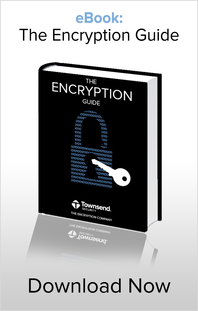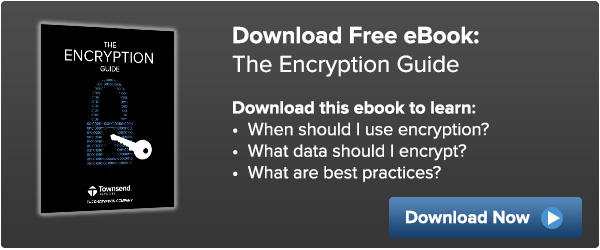“You have to encrypt your data!” More and more IT professionals, security architects, and executive leaders in the C-Suite are hearing these words. It’s no longer a question of IF there will be a data breach, but rather WHEN. And of course not just anything will do, you need NIST and FIPS 140-2 compliant solutions to help you make sure the investment you make doesn’t simply crumble when push comes to shove.
 What does that all really mean? It means it’s important for you and your team to vet a solution deeply and ensure the vendor that created it dotted their i’s, crossed their t’s and hopefully didn’t cut any corners when they put their product to market. Makes sense, but again, what does that really mean????
What does that all really mean? It means it’s important for you and your team to vet a solution deeply and ensure the vendor that created it dotted their i’s, crossed their t’s and hopefully didn’t cut any corners when they put their product to market. Makes sense, but again, what does that really mean????
The vendor should be established in the industry and should have gone through the proper reviews of their encryption solution. Those reviews help you determine whether they made the right choices when they created the security product you are planning on betting your company’s and your future on. A vendor that creates an encryption solution and has it NIST validated took the extra time to learn and understand the reasons NIST asks for those standards to be followed. Then they took the time to implement their solution following those standards. And then lastly the vendor took the time to get the solution reviewed and validated by a reputable and independent third party. In a study of the validation program, NIST found nearly 50% of software vendors had errors in their encryption solutions. It isn't easy to get encryption right. A certificate of validation from NIST is your assurance that AES encryption does what it is supposed to do - every time.
When comparing encryption solutions, what are things you want to look for to make sure you are getting a solid product? You want the key generator to be using a Random Number Generator sequence that is as close to true random as possible. You want the solution to use the same technology when generating a strong Initialization Vector (IV) as well, and you want this solution to run the encryption algorythm true to its standard. (Why is that important? Check out this blog) You also can’t forget about encryption key management, an often overlooked but equally crucial aspect of strong encryption. Only then can you trust that when the pieces of the puzzle are put together and your data is encrypted, it was done so in a manner that can’t be undone WHEN you have that upcoming data breach.
As we all know time, in every essence of today’s world, equals money. The time the vendor invested in this process costs the vendor money. The time that was invested in reviewing the solution most likely cost the vendor money as well. The good news is that because of this you, your company and your IT team don’t need to spend that same time creating an encryption solution in house. I think so far we are most likely in complete agreement. So where’s the problem?
Several recent industry reports show that although more and more companies are asking their IT teams to implement this right kind of robust, validated encryption to secure their or their customer’s data, they are being asked to do so with less and less money in their budgets. Certainly the notion of ‘doing more with less’ is nothing new and efficiency should be a goal, the truth remains even in the data security industry what you pay for it what you get. Good encryption is now freely available, but good key management requires an investment. If you don’t commit the necessary resources to your data security projects you will not have a data security result that will protect your data (and you) WHEN that data breach occurs.

